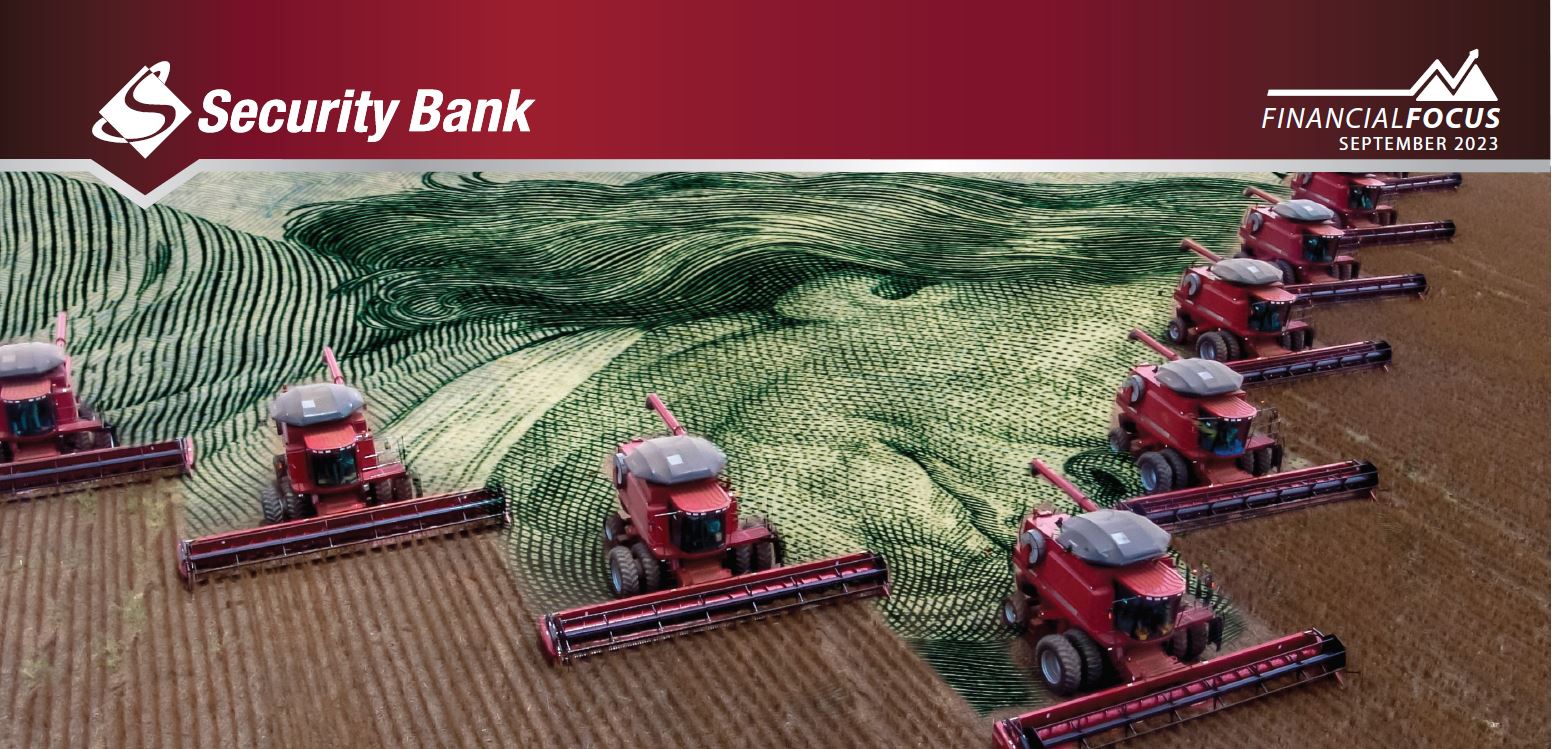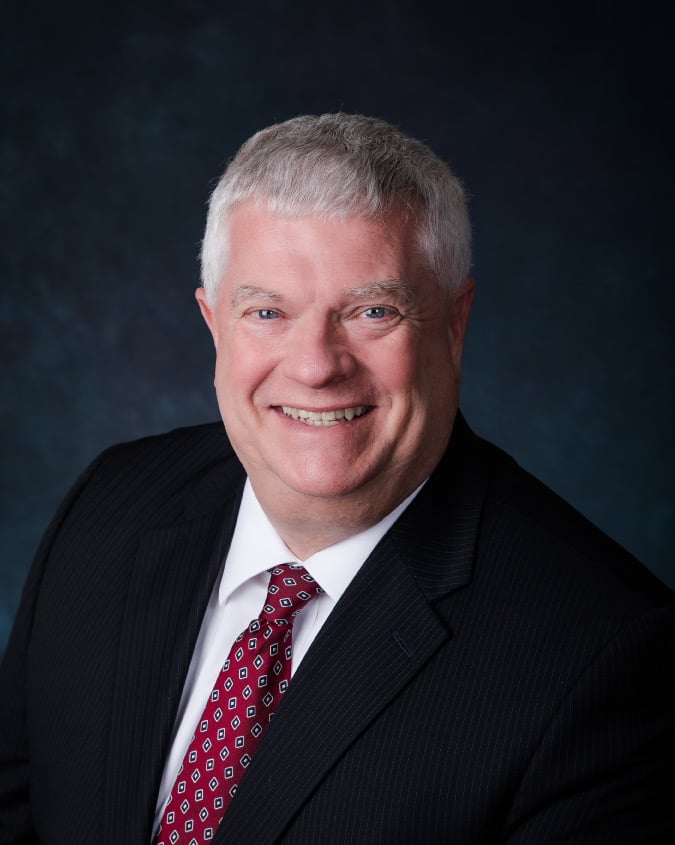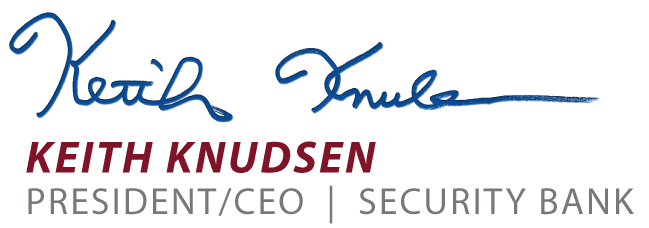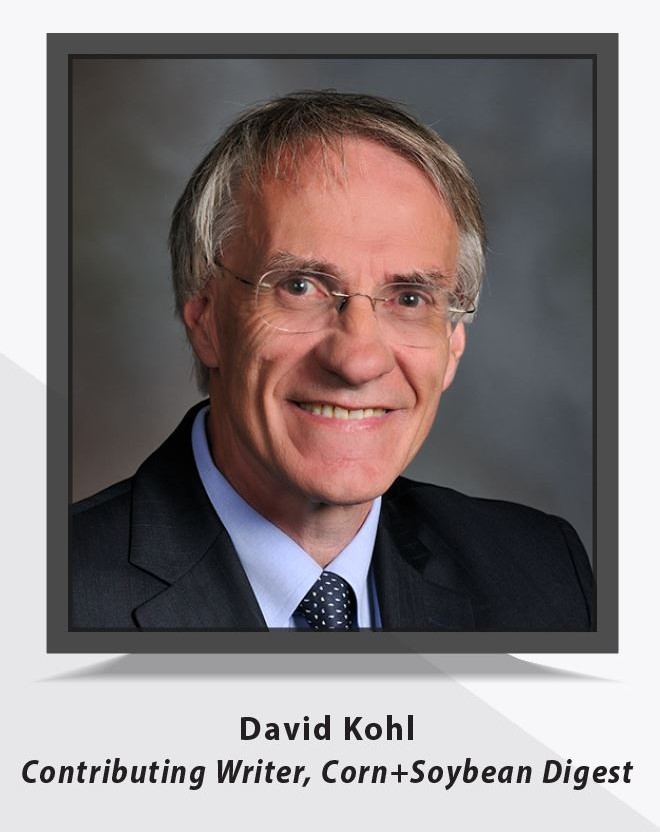
Dr. Kohl's Take on Collateral Lending
September 29, 2023
| AgFocus-Ag Focus
|
 It is hard to believe it is already harvest time once again! There is a lot to do this time of year. While you are busy harvesting and then also making preparations for year end, our team at the bank is starting to prepare for our own harvest season of sorts, which is renewal time. This month we share some thoughts that our friend, Dr. David Kohl, recently published as it pertains to general lending philosophy. We at Security Bank wish you and your families a safe and abundant harvest! It is hard to believe it is already harvest time once again! There is a lot to do this time of year. While you are busy harvesting and then also making preparations for year end, our team at the bank is starting to prepare for our own harvest season of sorts, which is renewal time. This month we share some thoughts that our friend, Dr. David Kohl, recently published as it pertains to general lending philosophy. We at Security Bank wish you and your families a safe and abundant harvest!

|
 How Producers Create Collateral Lenders
How Producers Create Collateral Lenders
Producers who do not take ownership of their business financials and only monitor results once per year for tax reasons pose additional risk.
In my seminars, I will frequently joke about agricultural lenders focusing on thefive C's of credit, that is collateral, collateral, collateral, collateral, and collateral. Inall reality, many lenders will examine the traditional C's of credit including cashflow, character, capital, and conditions, along with collateral. However, the producer can move the lender along the spectrum of cash flow lending to a collateral-based lender.
Lenders are in the risk assessment business and want to be assured that loans will be repaid even in the worst-case scenario. The sale of assets, or collateral, to cover obligations is the last resort. What are some of the producer characteristics that will move a lender towards becoming more collateral-based and seeking additional collateral, often land, to secure the loan?
Producers with unorganized financials who rely on their lenders to fill out their financial statements demonstrate a lack of understanding of the financial components of the business. This could also indicate alack of financial transparency and knowledge of the information backing up those numbers, potentially increasing risk.
Next, some producers have no concept of their family living costs and what personal expenses are commingled with farm expenses. Also, living beyond one’s means or beyond the business’ ability to generate cash flow is another factor. Often these family living expenses will be funded out of operating monies or lines of credit. If not carefully monitored, this can result in a refinancing request to convert short-term debtinto an amortizing long-term loan with collateral, typically land, being the backing.
Another factor that moves a lender toward being collateral based is when producers utilize “shoot from the hip” marketing and risk management, which means a producer has no idea of their cost of production, breakeven point, and the plans for upside and downside risk. The idea of the marketing “home run hitter” who is “going for the fences” in their marketing and risk management strategies rather than being measured and going for “base hits” in an incremental way is another factor that is analyzed.
Next, producers who do not take ownership of their business financials and only monitor results once per year for tax reasons pose additional risk. The risk element is in the eyes of the lender. Larger agricultural businesses and increased volatility can magnify issues and a larger anticipated risk will require more collateral be pledged.
Character flaws of the individuals signing loans or key stakeholders inside and outside the business up theante for collateral needs. Trust is still an important attribute in the agricultural community. The extent towhich you are reputable and “do what you say you are going to do” can either take you up or down the spectrum of cash flow to collateral lending. Of course, all of this is your choice as a producer and abusiness person.
The opinions of David Kohl are not necessarily those of Security Bank.